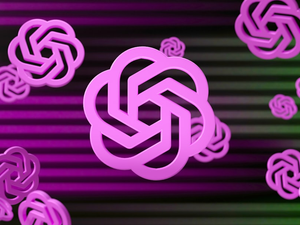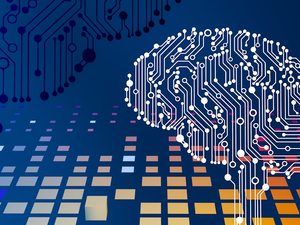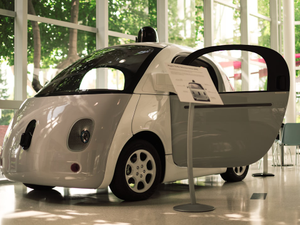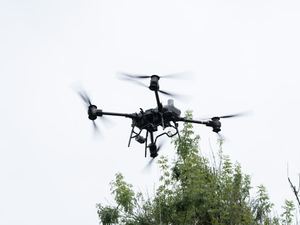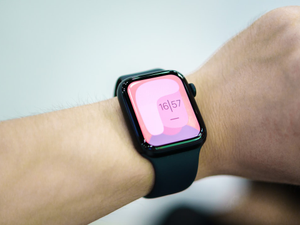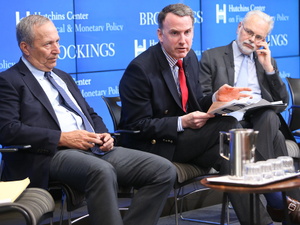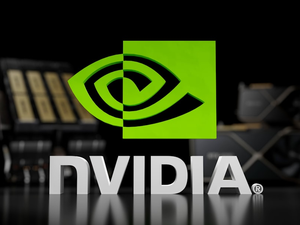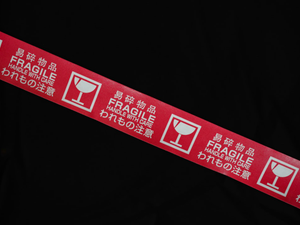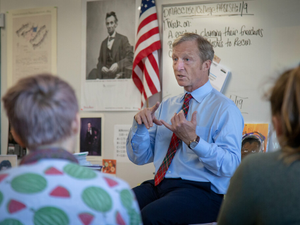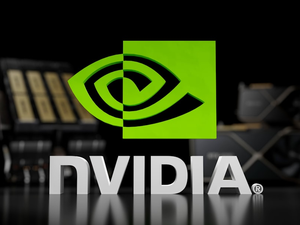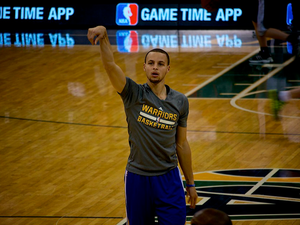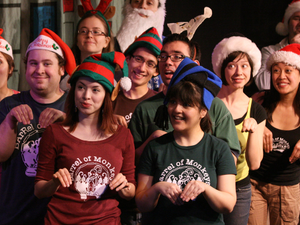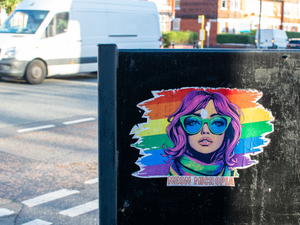AI in the Classroom: When Technology Blurs the Lines of Academic Integrity
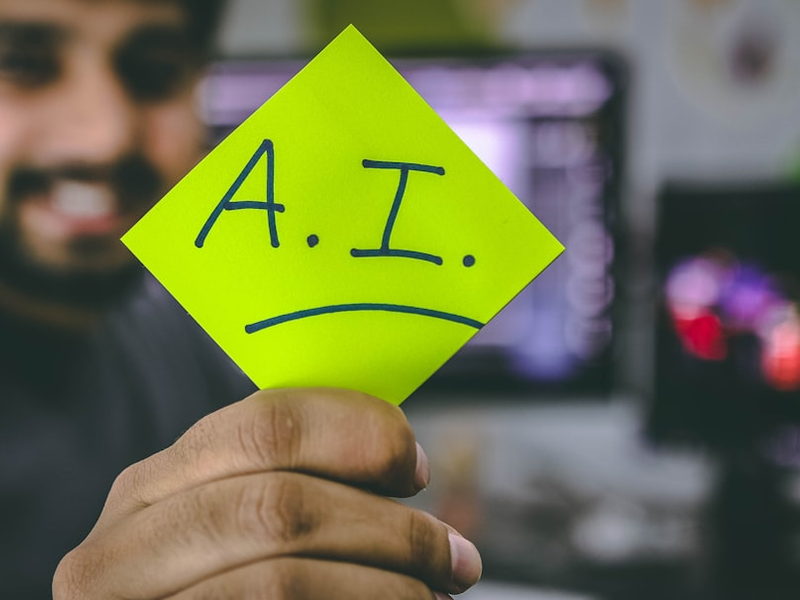
Photo by Hitesh Choudhary on Unsplash
The rise of generative AI tools like ChatGPT has sparked a heated debate in educational circles about the definition of academic cheating. Students are increasingly turning to artificial intelligence to complete assignments, write essays, and even prepare for interviews, raising fundamental questions about learning and technological ethics.
With an estimated 86 percent of students globally using AI for academic purposes, educators are scrambling to understand and regulate these powerful tools. The technology offers unprecedented capabilities: generating entire essays, solving complex math problems, and providing instant research assistance. But at what cost to genuine learning?
Professionals in education suggest a nuanced approach. Rather than outright banning AI, many recommend integrating digital literacy and AI ethics into curriculum. Professors are experimenting with innovative strategies, such as having students critically analyze AI-generated essays or design assignments that cannot be easily completed by chatbots.
The core challenge lies in distinguishing between technological assistance and academic dishonesty. Using AI to generate a study guide or help summarize research might be considered acceptable, but having an AI write an entire paper clearly crosses an ethical line. The goal of education remains understanding and skill development, not merely producing a perfect document.
As technology continues to evolve, academic institutions must adapt. This means creating clear guidelines, fostering open conversations about AI’s role in learning, and teaching students how to use these tools responsibly. The future of education depends on our ability to leverage technology while preserving the fundamental human elements of critical thinking and personal growth.
Ultimately, AI is not going away. The question is no longer whether students will use these tools, but how we can transform them into meaningful educational resources that enhance, rather than replace, genuine learning experiences.
AUTHOR: tgc
SOURCE: Wired

